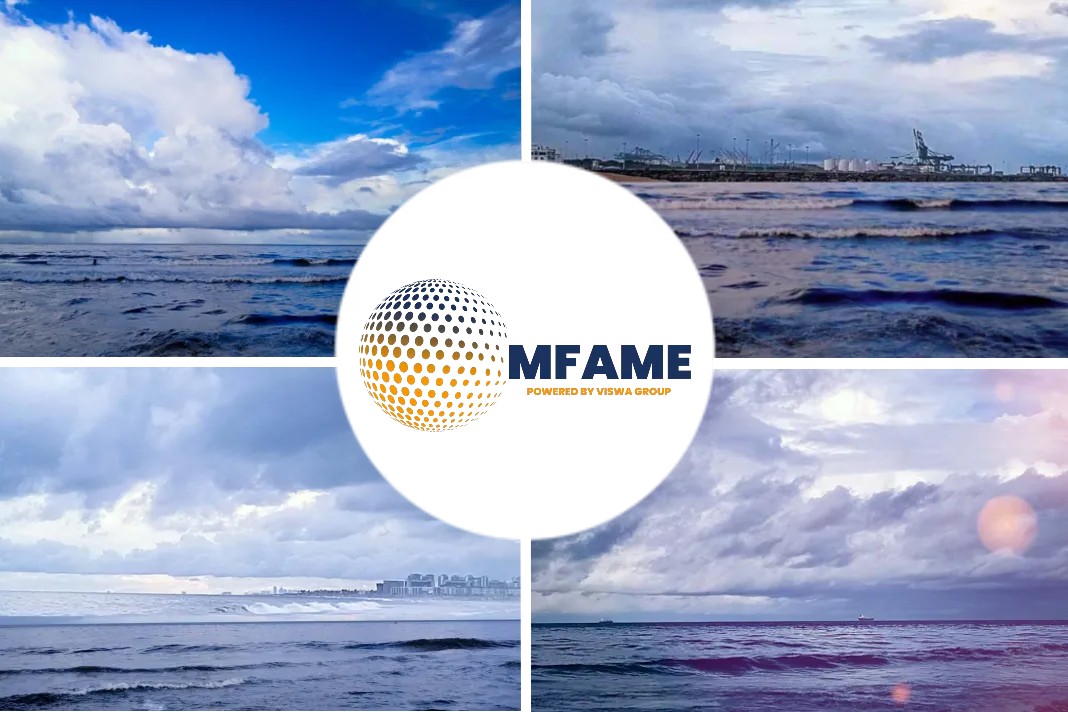Measures to transition to the International Maritime Organization’s 2020 global sulfur limit rule will gain momentum during the third quarter, reports Global Platts.
Switch to VLSFO
Timothy Cosulich, CEO of Italy- based Fratelli Cosulich said that, this occurs as majority of shipowners and operators make the switch to very low sulfur fuel oil, with scrubbers likely to account for only about 5% of the world fleet and 10%-15% of the bunker fuel mix in early 2020, at an industry event.
There also exists a correlation between those who are ready and those who are ‘big’ players, he said. “That is because not only are they well organized but are also able to leverage their position with their suppliers,” he added.
At present less than 20% of the crude oil produced worldwide can be used without blending to create VLSFO, Cosulich said.
Stability and Compatibility of new fuels
So the implication is that the vast majority of crude oil will require blending, meaning that there will be significant implications and challenges on the technical side including potential bunker quality issues, come 2020.
Stability and compatibility of the new fuels are two key areas where buyers and suppliers will want to focus, Cosulich said.
“In this context, our recommendation is to perform a GCMS [gas chromatography-mass spectrometry] test,“ Cosulich said.
However, this test comes with its own challenges, he said. It is a time-consuming exercise and with time bars normally ranging between 7 days to a month, timing can be an issue, he said.
Moreover it is costly. “We’ve been involved in tests on our own supplies, just to educate ourselves with the results and it has been expensive,” Cosulich said.
“Since there are no standard procedures, you might have equally valuable and reputable testing labs carrying out the tests and reaching slightly different results,” he said.
“As of now, you still have to deal with suppliers on commercial terms and the one with more leverage will likely win in such a scenario,” he said.
Possible challenges ahead
There are difficulties related to barging as well.
Currently, a barge operator can handle two grades such as IFO 380 CST and IFO 500 CST because there is no risk of contamination as the two products are similar, Cosulich said. However, that will not be the case in 2020, he said.
“Come 2020 in Singapore, even with completely segregated tanks onboard the bunker tanker, if you have only one mass flow meter on a barge, you will be able to supply only one grade per barge,” Cosulich said.
So the supplier will have to install two flow meters on a barge or will have to limit his operations to one grade per barge, Cosulich added. This in turn can cause lower utilization of barges and higher barging costs, he said.
Control of supply chain
MFMs measure the flow rate in the pipe, gauging the quantity as well as the mass and density of the fuel, and were first mandated in the Port of Singapore for marine fuel oil deliveries from January 1, 2017.
The MFM mandate for distillate deliveries has also been implemented in the Port of Singapore from July 1 this year.
Another issue is who will control the supply chain, Cosulich said.
Barge chartering model
In order to avoid bunker fuel contamination issues, oil majors are mostly moving towards a barge chartering model wherein they time charter barges and have exclusive rights over their use, Cosulich said.
“However, that still leaves out a big chunk of the market served by independent suppliers and traders…there is still uncertainty on what their role will be,” Cosulich said.
The viscosity of the new blends will also pose hurdles during barging operations in some markets, Cosulich said. The viscosity of VLSFO mostly ranges from about 40 CST to as much as around 300 CST.
MFM to meet IMO2020
The MFMs are tested and calibrated on certain ranges that were really not designed with the 2020 rule in mind, Cosulich said.
“You may have a situation where the viscosity is below 120 CST and an MFM is calibrated to be above 120 CST and therefore the supplier may not be able to guarantee the accuracy of that single supply,” he said.
“We as IBIA [International Bunker Industry Association] are working with MPA [Maritime and Port Authority of Singapore] to widen those ranges and make it possible for supplier to not have to recalibrate their MFM every time they change from one type of product to another,” said Cosulich, who is also chairman of IBIA Asia.
Still in Singapore on average, barge operators are quite well prepared, Cosulich said.
They are all well-run companies and are readying for 2020 with their own strategies, he said.
Did you subscribe to our daily newsletter?
It’s Free! Click here to Subscribe!
Source: S&P Global Platts

















